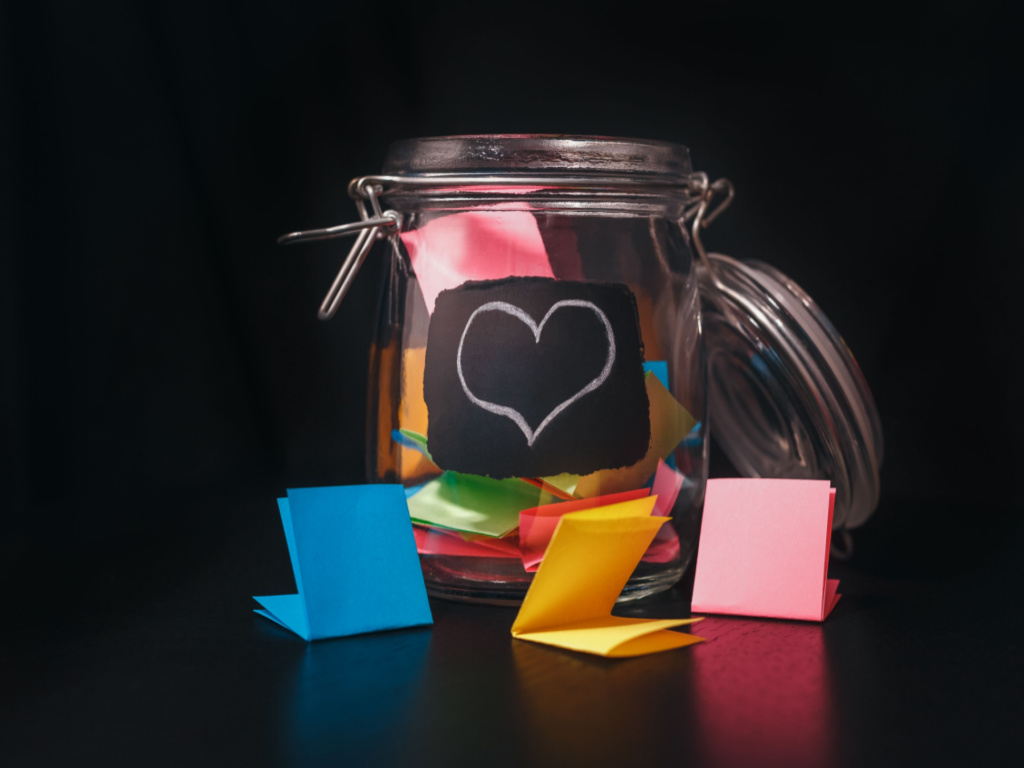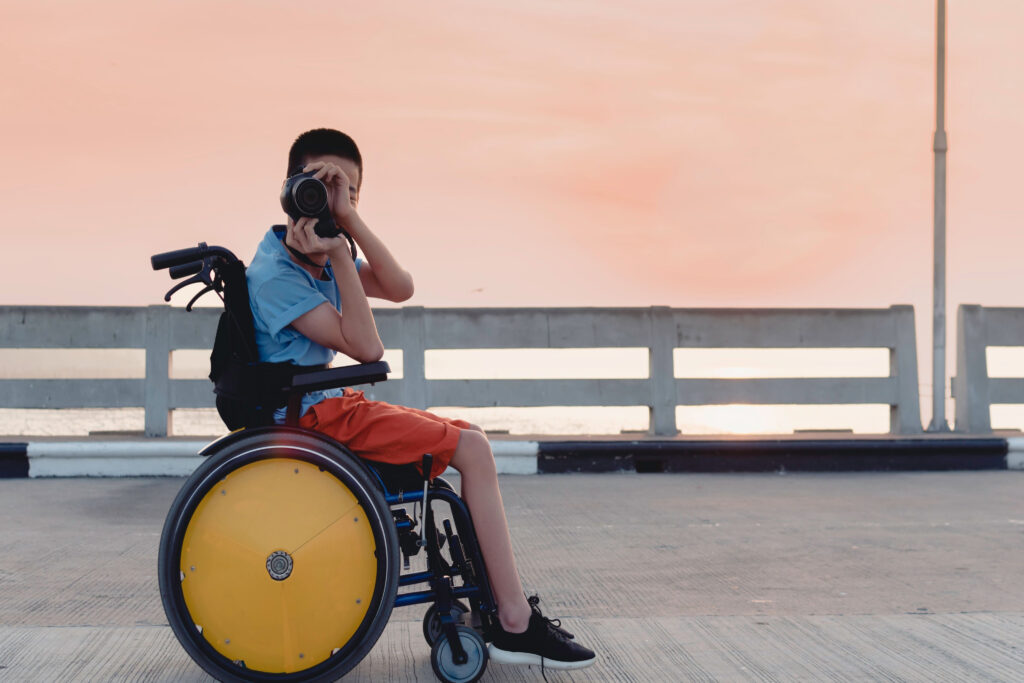7 Fun Gratitude Exercises for Kids
Are you keen to help your child learn about feeling grateful and acknowledging the amazing things that they have in life? Gratitude is a powerful tool that can boost positive thinking and inspire compassion and empathy, and doing some gratitude exercises with your child could be a great way to help them develop this skill.
There are many kinds of gratitude exercises that you can do with a child, including making a gratitude journal, writing thank-you cards, creating a gratitude jar, and playing games based on gratefulness. Even simple things like encouraging your child to say “thank you” and doing the same yourself can increase your child’s sense of gratitude.
With that in mind, let’s explore some great gratitude exercises that you can do with your little one so that they grow up recognizing all the good things they enjoy in life.
Tip 1) Make A Gratitude Journal
A gratitude journal is a great place to start and offers a nice opportunity to do some bonding with your child. You should get a pretty notebook that your child will like, and title it with something like “Gratitude journal.”
Spend a few minutes each day getting your child to write out something that they are grateful for. This could be something as simple as good weather, winning a game, or having their favorite dessert. Encourage them to think about both the big and the little things in life. Are they grateful for their sibling? Their pet? Their parents?
Even little children can usually grasp this concept if you help them with it. Older children should start thinking about why they are grateful for those things, and how they might feel if they didn’t have them.
Praise your child for engaging with this journal and encourage them to do it regularly. This will help them to build positivity about the things they are lucky to have, and to recognize that they are lucky to have them.
Tip 2) Write Thank-You Cards
Do people kindly give your child presents when the holidays or a birthday rolls around? If so, you can encourage your child to write thank-you notes in response, and this will help them to think about the value of the present and the kindness of the person gifting it.
You should make these notes as enjoyable as possible to write, rather than a chore. Encourage your child to think of one or two things (depending on their age) that they can tell the giver about their gift and why they like it. You may need to help them, but getting engaged yourself is a great way to make the activity more enjoyable.
Provide your child with some nice paper, fun pens, and possibly even decorations, and encourage them to be creative. The thank-you cards don’t need to be very long or detailed in order to be effective.
Thank-you cards are a great way to get your child thinking about how others have shown them kindness and thoughtfulness, and they can be given for little things as well as big ones. A thank-you note following a birthday party is often a nice touch.
Tip 3) Make A Gratitude Jar
If you find your child isn’t engaging well with the journal, this is another great exercise to try. Get a large jar and get your child to help you decorate it, and then encourage them to write notes and add them to the jar whenever something happens that they are grateful for.
You will probably need to prompt this to begin with, but your child will soon start thinking of the notes for themselves. Lots of children love this sort of activity, and it’s an effective method for increasing their sense of thankfulness.
Every so often, you should empty the jar and spend some time talking about all the things that have made them feel grateful recently.

Tip 4) Play Games Based On Gratitude
Another exercise that is generally effective involves basing your games on positivity and the things you love. Instead of playing I Spy in the car, consider playing something like “I Love ___” and giving the first letter of something the player really likes.
Encouraging your child to list the things they love is an effective way to get them thinking about the good parts of life, and this can help to inspire gratitude. You can expand this by asking why they love that thing and talking about how lucky they are that the thing exists.
Remember, gratitude can be about little things as well as big things. If your child says that they love candy, that’s just fine – engage with them just as you would with any other item.
Tip 5) Use “Thank You” Frequently
We all expect children to say “please” and “thank you” when things are done for them, but this gratitude exercise involves taking this a little further and making sure that you are a good role model here. Do you thank your child when they do things for you? Could you do this more? Do you thank other family members too?
Your child will imitate what they see you doing, so if you often use please and thank you, you’ll see this appearing in your child’s behavior too. If you forget these phrases, they won’t come as naturally to your child.
You might want to take this a step further and use tokens as “thank you” representatives. You could get some little chips from a board game and give them to family members whenever you thank them for something. Get your child to do the same. This will encourage them to focus more on the act of thanking and make it more engaging.
Tip 6) Encourage Positivity
Part of gratitude is learning to see the good sides when something bad happens, and reminding ourselves that it isn’t all negative. This can be a tricky concept for a child to grasp when they are disappointed about something, but with some prompting, they will get there.
The next time something goes wrong, encourage your child to find three good things about it. You will probably have to help them with this to start with. For example, if they are upset because they can’t go to a friend’s house for tea, remind them that they can now play a game or watch their favorite show instead.
If they are upset because it’s time for bed, point out that it’s also time for a story and some pleasant dreams. They will gradually start to copy your approach and look for good aspects to something bad happening.

Tip 7) Take Pictures
If your child is old enough to handle a camera, encourage them to take 1 picture per day of something that they are thankful for. This could be anything from their dinner to a nice rock that they have found. Regardless of what it is, get them to take the picture and tell you why they took it.
This will encourage them to look for things in everyday life, like a scavenger hunt.
Conclusion
There are lots of gratitude exercises that you can do to help your child feel thankful for everything they have. Get inventive and involve yourself, and you’ll probably find that your own sense of positivity increases too! Your child will follow your lead, so be enthusiastic and grateful about your own life as well.
References
https://rhythmsofplay.com/year-round-gratitude-activities-for-kids/
https://www.weareteachers.com/meaningful-gratitude-activities/
https://www.bestow.com/blog/gratitude-games/
https://www.mindfulmazing.com/the-best-gratitude-activities-for-kids/
https://blissfulkids.com/5-awesome-mindful-gratitude-activities-for-kids/
